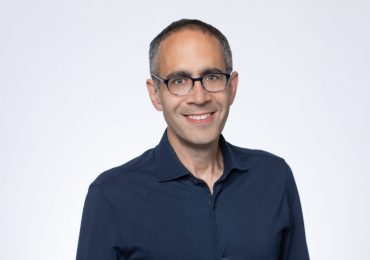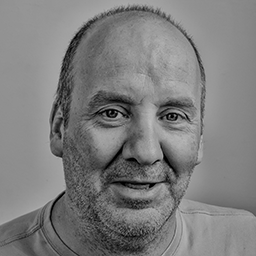By MIKE MAGEE
Clearly the Harris-Walz ticket has been doing their homework. Last week, the book above was spotted on one prominent thought-leader’s pile: “Human Evolutionary Demography.” It’s a 780 page academic Tour de force read by veteran scientist Oskar Burger, leader of the Max Planck Institute for Demographic Research and the Laboratory of Evolutionary Biodemography.
That’s the Institute founded in 1917 in Berlin whose first director was Albert Einstein. These days, its researchers work (in an age of “alternate facts”) to separate justified belief from opinion. Their major focus is on “categories of thought, proof, and experience” at the crossroads of “science and ambient cultures.”
This is the field of Human Evolutionary Demography, a blending of natural science with social science. Demographers study populations and explore how humans behave, organize and thrive focusing heavily on birth, migration, and aging.
This has been a year of just that in American politics. First, the fallout of the Dobbs decision caught Republicans with their electoral pants down in reproductive freedom referendums in Kansas, Michigan, Kentucky and Vermont. Southern migration of Democrats to former red states like Michigan, Arizona, Georgia, and North Carolina have turned them various shades of purple. And this summer, octogenarian candidates from both parties have been all the rage, literally.
Up until July 21, 2024, the race for the Presidency was between two aging candidates with visible mental and physical disabilities. The victor was destined to a term of office that would extend into his 80’s.
The emergence of Kamala Harris as the Democratic nominee was a reflection of the electorates growing discomfort with turning a blind eye to the realities of aging. It also suggested that Americans, especially Gen X’ers, have grown tired of Boomer dominance in the lives of an increasingly multi-cultural America – tired as well of growing income disparity, attacks on reproductive freedom, and declining life expectancy in America.
But why the sudden interest in “Human Evolutionary Demography?” The answer lies in the numbers. Back in 2012 Oskar Burger studied Swedes and noted that in 1800 their life expectancy was 32 years. They gained an additional 20 years in the century that followed, and 30 more years by 2000.
What stumped Burger was not the gains over these two hundred years. Instead he focused on the question, “Why did it take the human race so long to progress?” The bottom line is this, we left chimpanzees behind in the evolutionary dust some 6.6 million years ago. We limped along, not faring very well, for all but the last 200 years. In the past century, a moment in time spanning just 4 of our historic 8000 plus human generations, we took off.
This period coincided with rapid scientific and technologic advances, cleaner air and water, greater nutritional support, improved education and housing, expanded public health related governmental policy, and establishment of a safety net for our most vulnerable citizens.
But in the past decade, growth in U.S. life expectancy has all but stalled. For the first time, we actually saw declines each year from 2014 to 2019. For the decade just past, the numbers improved overall by less than 1/2 of 1 %. When first studied, declines were blamed on losses in working age adults due to trauma, addiction, suicide or “deaths of despair.”
But recent studies reveal losses due to poor maternal/fetal care, especially in red states, and made worse by fallout of the Dobbs decision. A second complicator has been losses starting at age 65 from complications of cardiovascular disease and diabetes, made worse by obesity and poor health care follow-up.
This has led the Max Planck Institute to issue an alert to U.S. health experts: “Our findings suggest that the U.S. faces a ‘double jeopardy’ from both midlife and old-age mortality trends, with the latter being more severe.”
Women’s reproductive advocates say it’s really a “triple jeopardy” demanding grass roots advocacy focused on access today, and political victory up and down the ballot in November. In their words, “Today, and every day, we work to ensure that every patient who seeks sexual and reproductive health care can access it, and to build a just world that includes nationwide access to abortion for all — no matter what.”
If this is true, a careful read of “Human Evolutionary Demography” could direct a 3-prong approach for the health policy leaders in the Harris-Walz campaign:
Expanded safety net to address “deaths of despair.”
Expansion of the ACA toward Universal Health Insurance to address the chronic disease burden of older Americans.
Federal guarantees of reproductive freedom and open access to reproductive care.
Mike Magee MD is a Medical Historian and a regular THCB contributor. He is the author of CODE BLUE: Inside America’s Medical Industrial Complex. (Grove/2020)
Leave a comment






